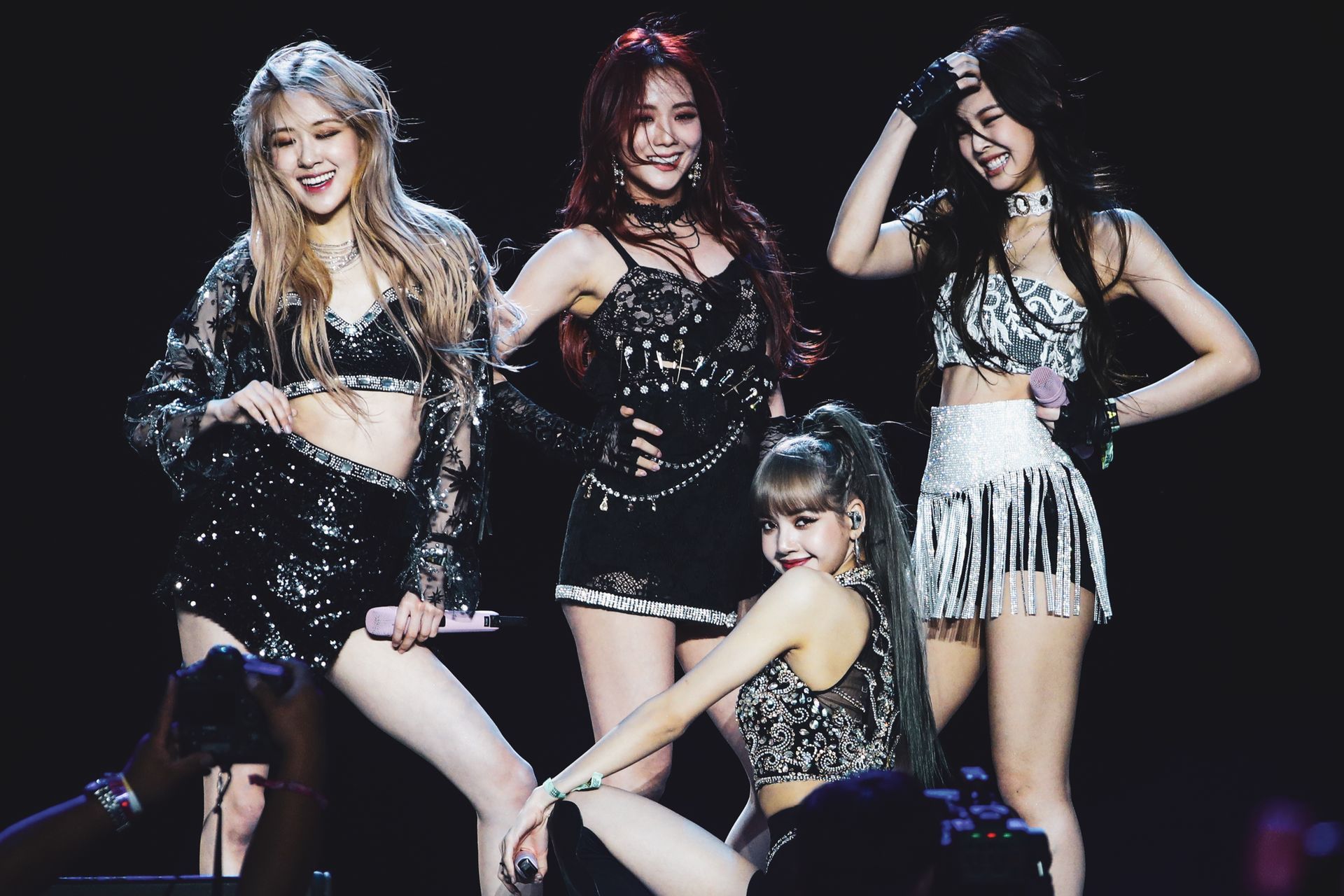By now, most of us have heard of South Korean popular music, better known as K-pop. If you haven’t, you might be overlooking one of the biggest global phenomena. Without a doubt, the most famous band to emerge from this genre is BTS. However, the first time you may have encountered K-pop, perhaps unknowingly, was when PSY’s ‘Gangnam Style’ took the internet by storm in 2012. Since then, K-pop has gradually made its way across the globe, including the UK.
In recent years, K-pop has become a global sensation. Its catchy melodies, intricate and impressive choreography, striking music videos, and stylish outfits have struck an international appeal. The iconic boy group BTS, alongside the girl group BLACKPINK, can generally be credited as the trailblazers of K-pop’s worldwide success. Not only did BLACKPINK headline Coachella in 2023, one of the biggest music festivals in the world, but each member has also collaborated on major hits. Consider Rosé’s 2024 collaboration with Bruno Mars on the catchy track ‘APT’ or the more recent collaboration between Lisa, Doja Cat, and Raye with ‘Born Again’ on February 6 of this year.
The widespread fame of these two groups has paved the way for other Korean artists to step into the global spotlight, such as Stray Kids, NewJeans, TWICE, EXO, and IU. Whether it’s the BRITs, the Grammys, or the VMAs, K-pop groups and solo artists are now so synonymous with these events that it feels incomplete without them.
However, the allure of K-pop extends far beyond its music. A K-pop performance is a combination of many elements: vocals, choreography, and, of course, fashion. Style and apparel play an essential role in defining a group’s or artist’s identity. When done right, fashion becomes a powerful tool to express individuality and connect with a global fanbase, offering everything from bold, diverse outfits to meticulously curated attires. Fashion is undoubtedly a key element of K-pop’s worldwide success.
South Korea has long been a pioneer in many fields, and its influence is especially evident in industries like technology and entertainment. In recent years, however, the beauty and fashion industries have also garnered significant attention. With globalisation fuelled by platforms such as TikTok and Instagram, it’s no surprise that the Korean beauty and skincare market has skyrocketed in popularity online. Naturally, this influence extends into fashion, encouraging a minimalist yet bold aesthetic where flawless, dewy skin complements daring, innovative styles. While early associations with Korean fashion often revolved around bright colours, ‘in your face’ designs, and matching outfits, K-pop fashion has evolved far beyond these early stereotypes. Today, it’s recognised for its impeccable streetwear and strong ties to high-end luxury brands such as Gucci, Celine, Cartier, and many more.
A K-pop group isn’t formed overnight; there’s an extensive selection and training process that leads up to an artist’s ‘debut’. K-pop artists, also known as ‘idols, ’ undergo what’s known as ‘idol training, ’ an intense regimen that includes vocal training, dance practice, language lessons, media training, and physical conditioning. Major entertainment companies like SM Entertainment, JYP Entertainment, and YG Entertainment are renowned for their rigorous trainee programs. Once a group is formed, these companies collaborate closely with designers and stylists to create an overall aesthetic that aligns with the group’s music and image.
K-pop groups maintain a cohesive concept while allowing individual members to showcase their personal style. Idols aren’t just singers anymore – they’re fashion ambassadors. From BLACKPINK’s Lisa to BTS’s Jungkook, every member is known for their distinctive, unique style while seamlessly fitting into their group’s overall aesthetic.
Although the fashion industry was slow to recognize the potential of partnering with K-pop stars, recent years have shown that collaborating with these global icons is a smart move for brands. K-pop idols make strategic brand partners because of their visibility, strong media presence, and broad appeal to younger, diverse demographics – an ideal target audience for many brands. Furthermore, many Korean stars maintain a sense of mystique. While there’s plenty of content fans can consume online, such as music videos, interviews, and fancams, a significant portion of their private lives remains hidden from the public eye, enhancing their allure and brand appeal. This sense of ‘brand-safeness’ makes it a low-risk move for luxury brands to team up with K-pop stars. For example, Cartier partnered with BTS’s Kim Taehyung (V) as one of their global ambassadors, Prada enlisted all seven members of ENHYPEN, and Versace collaborated with Stray Kids’ Hyunjin—these are just a few of the many partnerships.
With the growing popularity and influence of K-pop stars and their fashion, it’s time for major fashion cities like Milan, Paris, New York, and London to make room for a new contender—Seoul, the rising fashion capital. As a hub for both established and up-and-coming K-pop stars, Seoul has made a significant mark on the international fashion scene. Seoul Fashion Week has rapidly become a key event, drawing fashion experts, buyers, models, and enthusiasts from around the world. In 2023, Gucci hosted its Cruise show there, further cementing Seoul’s place on the global fashion map.
As K-pop continues to evolve, its influence shows no signs of slowing down. With its unique blend of music, fashion, and global appeal, K-pop has become an undeniable force in shaping trends and breaking boundaries. Whether dominating the stage or commanding the fashion spotlight, K-pop’s international presence is stronger than ever. With stars increasingly sitting front-row at our favourite fashion shows, it’s clear this cultural phenomenon is here to stay – and we love to see it!
